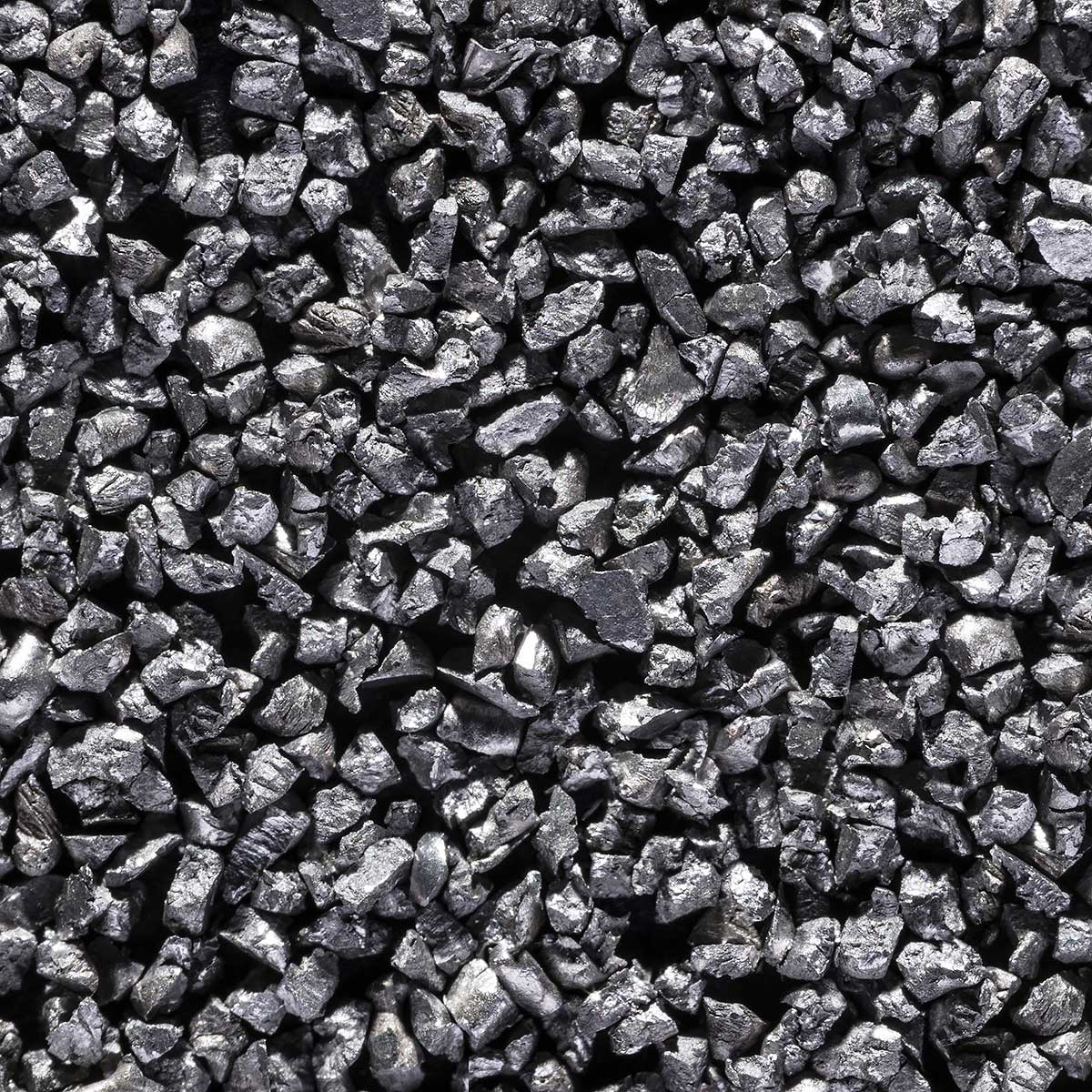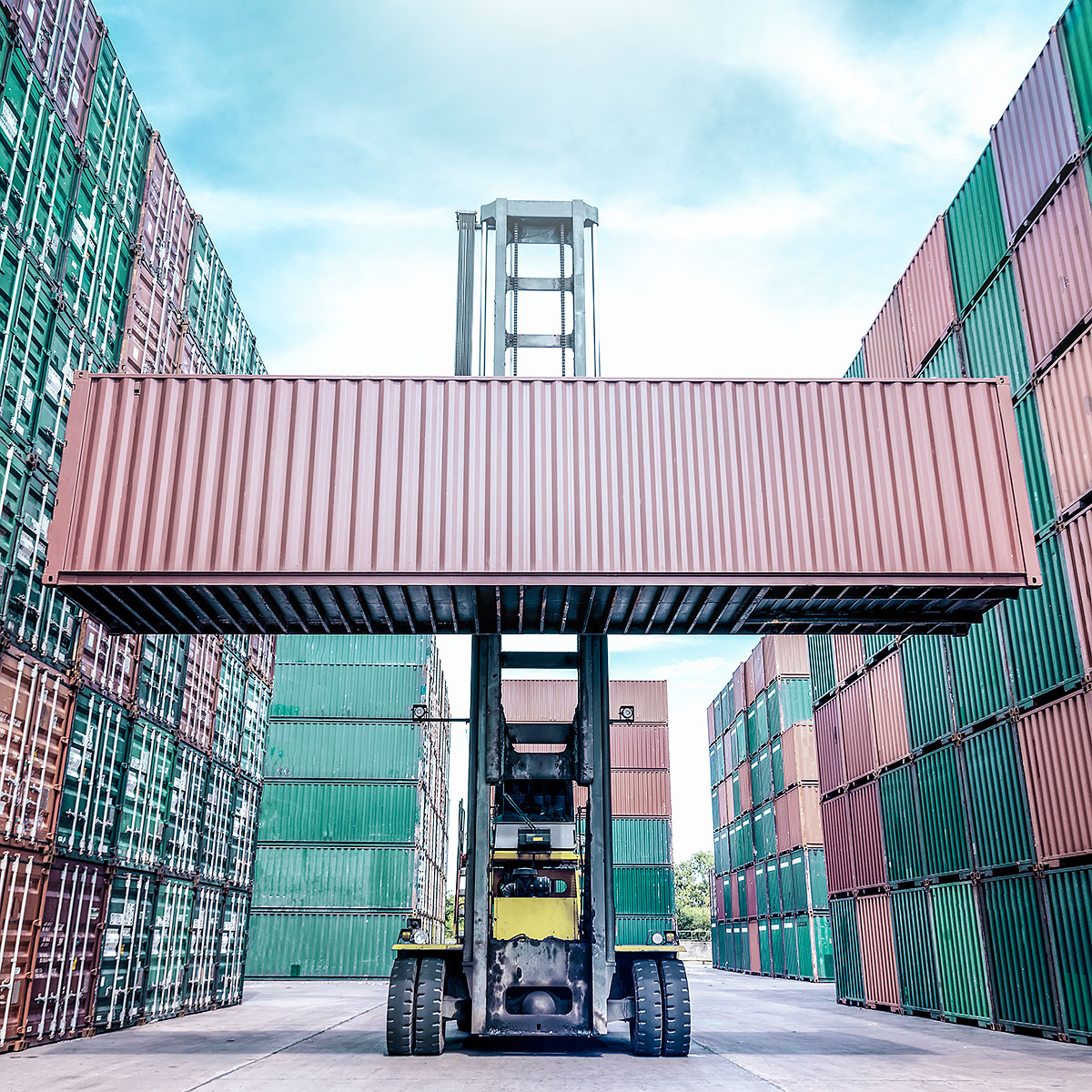What is grit blasting?
A form of abrasive blasting, grit – or sand – blasting is used to treat the surface of a range of 7materials by blasting them with particles to help remove any impurities. This helps ensure that the material is fully fit for purpose. This is particularly useful for non-ferrous substances where contamination is a real and consistent concern.
Grit blasting can be applied to a wide range of materials, making it a reliable, multi-purpose process for many sectors. The process can be applied to materials such as metals, natural stones, plastics and much more. This makes it a highly versatile tool that can be deployed in many projects through a wide range of air blasting systems.
In addition to this versatility, the Amagrit system is ideal for materials and surfaces that do not contain iron. In this situation, the abrasive is primarily deployed through compressed air blasting. This ensures a high degree of control over the end product while also remaining safe, efficient, and highly cost-effective – something that can prove difficult to ensure for a stainless steel abrasive system.
The fine nature of the material means that an experienced operator has a high degree of control over the finish of the end-product. This allows them to extensively reshape your material or work with delicate products that require a careful, fine finish.
What is grit blasting used for?
Grit blasting is most commonly used for non-ferrous materials and surfaces to help smooth out impurities in materials where contamination can be a problem. If deployed correctly and through the right delivery system, the material produces an effect similar to that of sandpaper, but on an industrial scale. This can help ensure conformity and prepare the surfaces of materials for other processes such as the deployment of powder coatings, additional protective layers, or using compressed air delivery systems to peen them for industrial use.
This makes grit blasting applicable to a range of sectors from engineering welded steel structures to aluminium profiles, and everything in between. For example, our Amagrit [link to https://www.ervin.eu/products/amagrit/] product replaces the need for aluminium oxide or other mineral abrasives in the preparation process and helps prepare a surface for coating, finishing, and many other uses. This works in a similar way to our Amachrome [link to Amachrome page] product and other high-quality mineral abrasives in the current marketplace.
This makes abrasive grit blasting perfect for dealing with stainless steel structures, natural stones, or handling aluminium and non-ferrous profiles for pre-coating.
What are the benefits of grit blasting?
Depending on the degree of abrasion that you need, the grade of the blasting material can be adjusted. This allows you to use a compressed air blasting system to remove significant physical impurities in a wide range of products and even deploy it to help with cutting actions. This can also help support other bespoke tasks in your production line or precision roles where ferrous contamination can prove to be a key risk.
The process can also be deployed at an industrial scale with automatic wheel blast machines or through hand-held devices – allowing a high degree of control with how you want to undertake your work. However, given the nature of the work, many professionals prefer to use the material with compressed air blasting systems – with different grades of Amagrit available to ensure coverage, care, and to minimise wear on your system.
This makes it highly flexible, and with our commitment to reduced dust creation and ferrous contamination – which can be a high-risk issue with fine blasting – this is fully safe to deploy and severely reduces the need for follow up cleaning when deployed.
How can Ervin help with grit blasting?
Choosing Ervin guarantees a product that is manufactured to the highest compressed air grit blasting standards and international regulations. We believe in providing the right tool to solve the problem at hand and also deploy a comprehensive solutions finder that can be accessed here. This allows you to land on the right abrasive blasting solution to fit your project and enables us to help you from your first point of contact.
If you want to learn more about our comprehensive range of surface preparation solutions, you can contact our team directly and let us know exactly what you and your team needs to finish your job to the highest of standards.
FAQ
What is it Amagrit made of?
Amagrit is a high-quality stainless steel abrasive grit typically used in air blasting. It is available in a wide range of sizes. Amagrit contains between 25% and 30% Chromium, developed through rigorous testing. Its high chromium content means it is ideal for non-ferrous applications. A full chemical specification can be found and downloaded on this page.
What is the hardness and density of Amagrit?
Amagrit has a minimum hardness of 58 HRC / 675 Hv for new material. The density is at least 7.3 g/cm3, with a packing density of between 4-5 g/cm3.
What is the microstructure of Amagrit?
The microstructure of Amagrit is martensite with chromium carbides. This ensures the best combination of cleaning power and durability.
What are common applications of Amagrit?
Amagrit stainless abrasives are widely used in air and wheel blasting systems to clean and prepare a wide variety of surfaces, especially prior to coatings. These include welded stainless steel structures; Aluminium profiles prior to coating; and Stainless steel forgings.
What are the advantages of Amagrit?
In both laboratory tests and real-world trials over many years, Amagrit stainless abrasive consistently outperforms competitive products delivering the highest productivity and lowest cost solution. Typically, this results in lower consumption and reduced dust and waste disposal for customers. Amagrit offers significant savings as an alternative to mineral abrasives (such as aluminium oxide, garnet, slag and glass beads) and will also dramatically reduce the amount of dust in the blasting operation.
The rigorous adherence to quality specifications at our manufacturing plant in Sprockhövel, Germany combined with the knowledge of our technology centre in Tecumseh, USA ensures a consistent cast stainless steel abrasive that guarantees consistently high performance. Ervin also offers local technical support to all Amagrit customers to optimise results for customers.
What is the difference between grit blasting and sand blasting?
Grit blasting and sand blasting are often confused. The two treatments have similar methods of delivering the abrasive but use different materials. Abrasive blasting, which is often referred to as sand blasting can use metallic or mineral abrasives such as grit and typically is delivered through a compressed air system with a manual operation. Sand as a blasting medium is now outlawed in many territories due to its danger to health.




